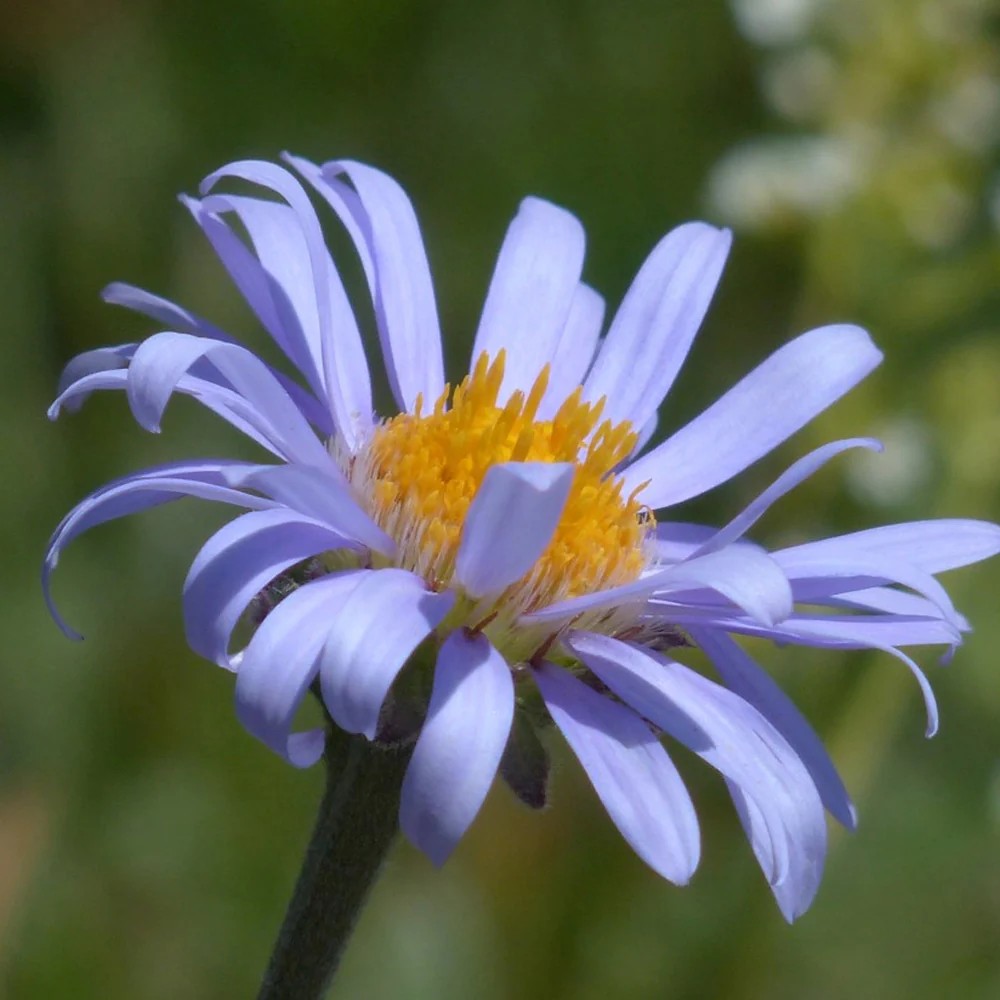Aster Bluebird produces an abundance of flower clusters that are the color of the evening sky. trouble-free vegetation. Seasonal flowering for gardens in the north. great in warmer climates. Asters serve as both a host plant and a source of nectar for butterflies. At the tops of branching stems, daisy-like flower clusters are created that contrast well with the leafy dark green color. complements ornamental grasses well.
| Plant Type |
Native, Perennials |
| Hardiness Zone |
4-8 |
| Exposure |
Full Sun |
| Season of Interest |
Summer, Late Summer, Fall |
| Height | 2' - 4' (ft) |
| Spread | 12" - 18" (in), 18" - 24" (in) |
| Spacing |
24" (in) |
| Water Needs |
Low, Average |
| Maintenance |
Low |
| Soil Type |
Chalk, Clay, Loam, Sand |
| Soil PH |
Acid, Alkaline, Neutral |
| Soil Drainage |
Moist but Well-Drained, Well-Drained |
| Characteristics |
Showy |
| Tolerance |
Drought, Dry Soil, Rocky Soil |
| Attracts |
Bees, Butterflies, Pollinators |
| Garden Uses |
Beds and Borders, Edging, Mass Planting |
Symphyotrichum laeve (Smooth Blue Aster) | Smooth Blue Aster, Aster laevis, Michaelmas Daisy || Aster Bluebird produces an abundance of flower clusters that are the color of the evening sky. trouble-free vegetation. Seasonal flowering for gardens in the north. great in warmer climates. Asters serve as both a host plant and a source of nectar for butterflies. At the tops of branching stems, daisy-like flower clusters are created that contrast well with the leafy dark green color. complements ornamental grasses well.
Native,
Full Sun,
Summer, Late Summer, Fall,
Low Water Needs, Average Water Needs, Low Maintenance, Moist but Well-Drained, Well-Drained,
Showy,
Drought Tolerant, Dry Soil Tolerant, Rocky Soil Tolerant,
Attracts Bees, Attracts Butterflies, Attracts Pollinators, Beds and Borders, Edging, Mass Planting


